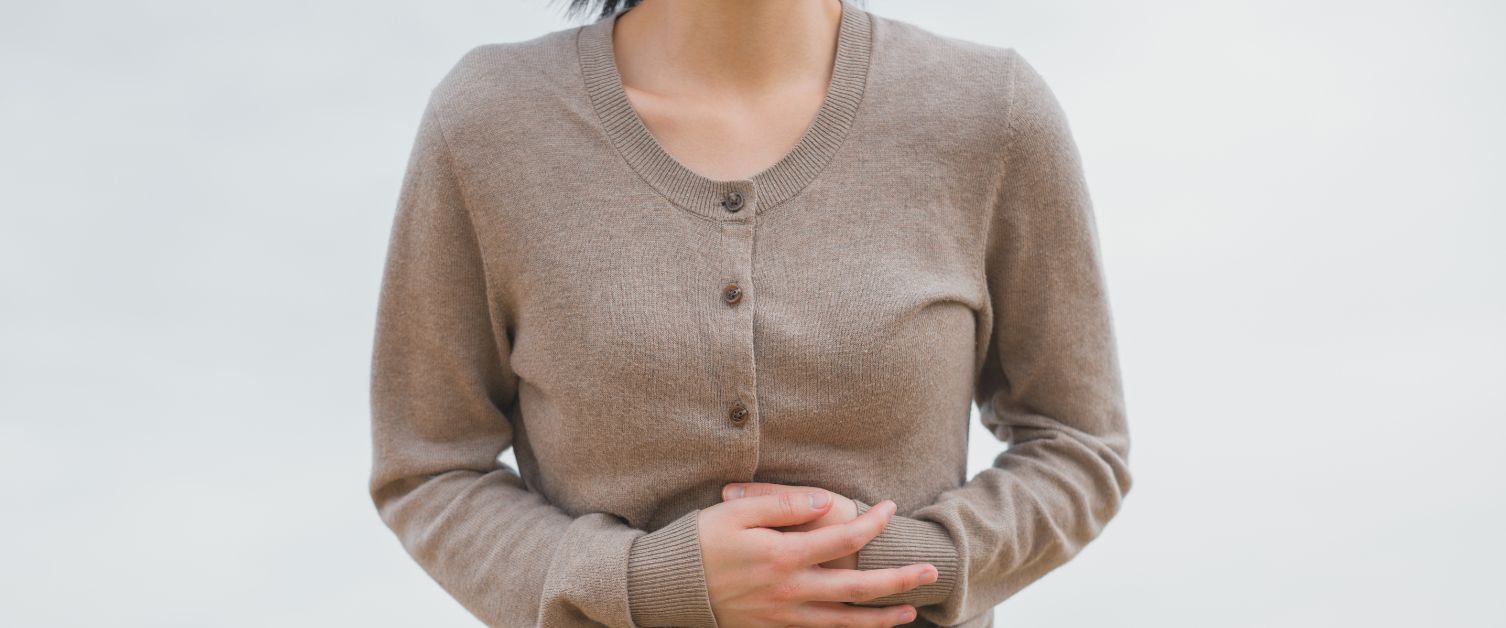Care of your caesarean section wound following the birth of your baby

A caesarean section is an operation to deliver your baby. A cut is usually made along your pubic hairline (bikini line) which is big enough for your baby to be delivered.
Caring for your caesarean section wound
It is important that you are fit and healthy so you can care for your baby. Following the below advice will reduce the chances of infection following a caesarean section:
Sleep
Good quality sleep is essential after having a baby and this is not always easy. We all need sleep in order for your body to rest and repair itself. In the first few weeks, try to rest or sleep at the same time as your baby is sleeping.
Eating a well-balanced diet
Include all the healthy food groups within your diet, paying particular attention to protein type foods to encourage tissue growth. If you have been prescribed iron supplements, you should continue to take these and drink plenty of fluids throughout the day.
Pain control
Being in pain can affect how well your immune system works – this is the part of the body that helps us to fight against infections. You should take pain medication that has been prescribed by your health professional, as this should help you with your recovery.
Smoking
Smoking affects tissue growth and repair within the body. The wound infection rates are higher in women who smoke. Help Me Quit offers free one-to-one support from your own personal stop smoking advisor every week.
Stress and anxiety
Having a new baby is an exciting time and brings lots of changes. It can also be a stressful time as you adapt to motherhood. Lack of sleep, poor diet and pain can all effect your stress levels as you’re healing from a caesarean. Accept help and support from your family and friends whenever offered.
Hygiene and wound care
After having a caesarean, your wound will be covered with a dressing. This dressing can be removed once you are discharged from hospital.
Dry the wound area carefully after you have had a bath or shower. This is especially important if your wound is in a deep skin fold. Make sure your underwear does not rub against the wound or cause any unnecessary friction. Wear loose fitting, comfortable clothing and cotton underwear.
Always wash your hands before and after going to the toilet and after changing you baby’s nappy.
Signs and symptoms of a wound infection
Signs of a normal healing wound include:
- Slight redness along the wound
- Possibility of some localised swelling
- Tenderness and pain around the wound area
- Small amount of clear fluid coming from the wound
- Reduce sensation of “numbness” that may take up to 12 months for the sensation to return
Possible signs of wound infection include:
- Increasing redness to wound area
- Increased swelling around wound area
- Increasing pain or tenderness (especially at rest)
- Increasing amount of fluid oozing from the wound and change in colour
- Smell from the fluid coming from the wound
- Developing a high temperature
- Feeling generally unwell
- Unpleasant vaginal loss
- Localised heat around wound area
You should contact your Community Midwife if you have any concerns or questions.